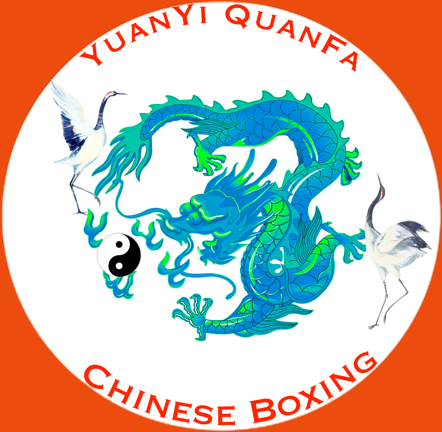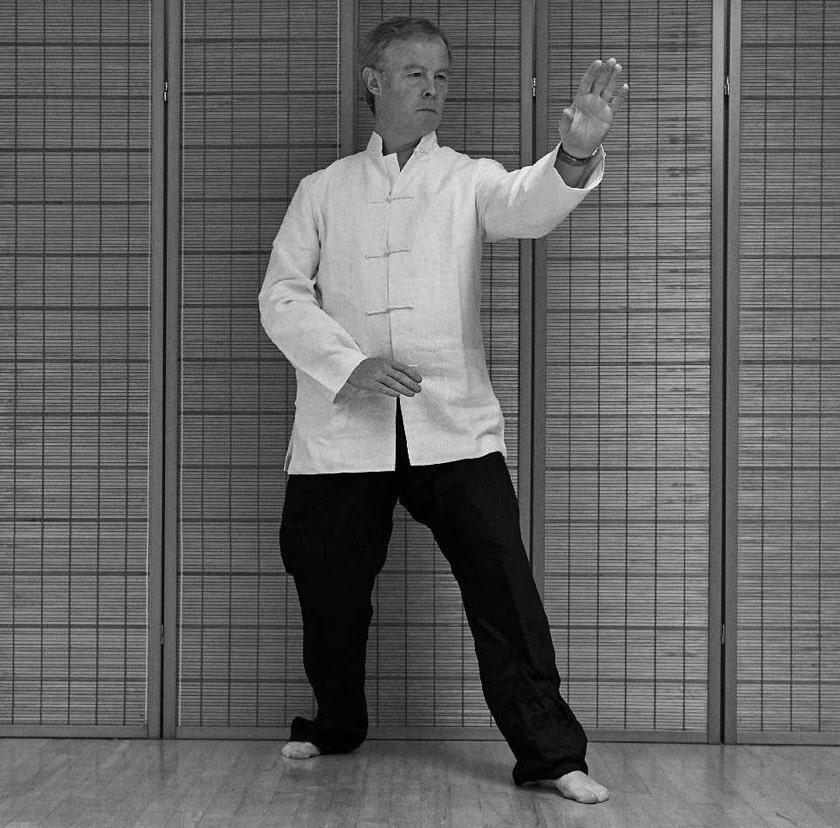
YuanYi QuanFa
Traditional Chinese Boxing

XingYiQuan
Form Intent Boxing
XingYiQuan An Effective Style for Serious Practitioners.
There are hundreds of different styles of Chinese Martial Arts, often referred to as Kung Fu. Kung Fu by the way translates as “time-energy” or “time-work”. Its meaning may not be obvious, but it actually implies skill developed over time with the expenditure of energy or hard work. Any skill can therefore be said to illustrate Kung Fu. So a Premiership footballer could be said to possess Kung Fu (at least some of them!) as could a champion chess player but in the west; Kung Fu tends to be applied only to martial arts. As the term Kung Fu is often understood to relate to Shaolin Boxing, I also use it in that context elsewhere in this website.
XingYiQuan, often shortened to XingYi (you’ll also see it written as Hsing I) translates as form-will / intent boxing, in its current form it can trace its origins back to the early 18 Century. However it emerged from a tradition that can be traced to the early 15th century. In many ways it is closely related to the use of the military spear. As XingYi was a military art intended for battle field use it would make sense to train soldiers an empty hand skill that was complimentary to their spear training, as the spear was the main weapon of Chinese soldiers of that era.
It’s XingYi’s military origins that shapes its character, it’s main strategies tend to be direct and to the point, combining attacking and defensive movements into each technique. At more advanced levels it introduces more complexity and sophistication, but very effective fighting skills can be developed with the basic skills that training starts with. XingYi initially emphasises two areas; will power and solid basic technique. Most important of these is will power, no amount of technical skill can ever overcome a weak will.
Strength of mind is developed by hard physical training. When a person pushes themselves physically they learn a lot about their true character. A major part of XingYi training is known as Zhan Zhuang (Post Holding), this is a simple (sometimes strenuous) and very effective way to build a strong physical structure and developing correct intent. In order to keep the essential spirit of XingYi I have removed many modern combination forms that add nothing to overall skill to focus upon structure and will.
Over the latter part of the twentieth Century as Xing Yi became more popular, many teachers added additional forms. These were not necessary and were probably created due to a combination of ego on the part of the teachers, wanting to leave their mark, and commercial need. As a teacher it’s always useful to have something new to teach.
I have followed the approach of the YiQuan school, which evolved from XingYi in the mid to late twentieth century, in removing superfluous training elements and focusing on the essentials of the method. So there is less focus on “Xing” - Form and greater emphasis on “Yi” - Intent. Hence I tend to use the term YiQuan.
Physical Conditioning is an essential part of any martial art and XingYi is no different. Conditioning combines general fitness, stretching and strengthening, this aspect is particularly important as our modern sedentary life can make our bodies weak and stiff. This training is enhanced by practicing Dao Yin (Yoga).
I teach either one to one privately or small groups, if you wish to discuss training drop an email to me and I’ll get back to you.

PiQuan - Splitting
